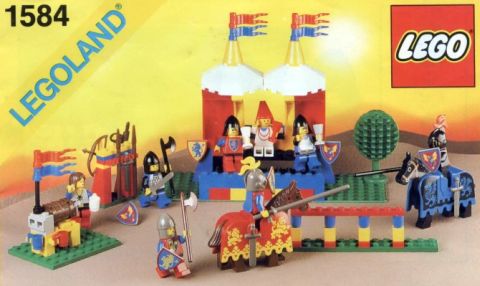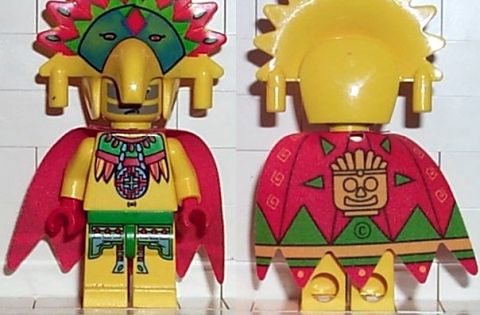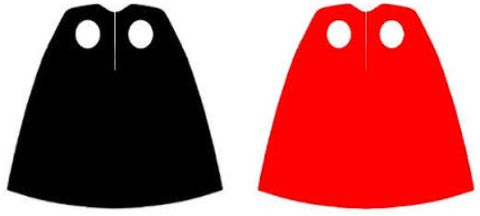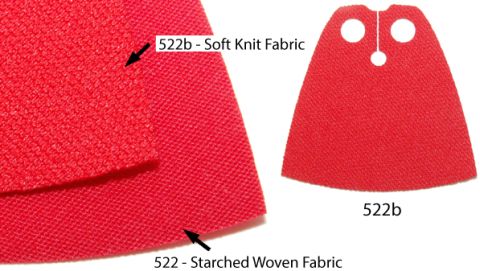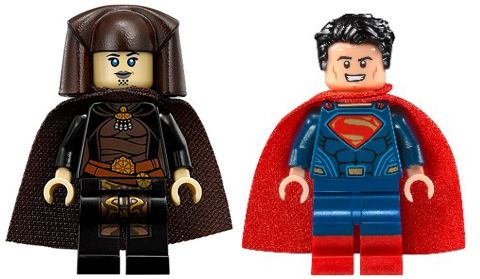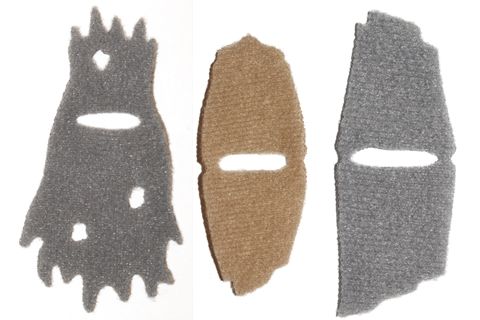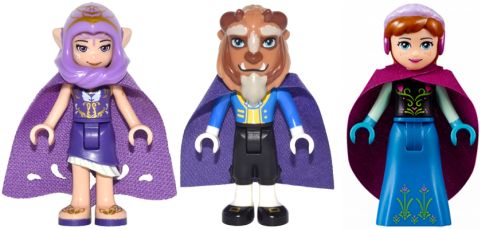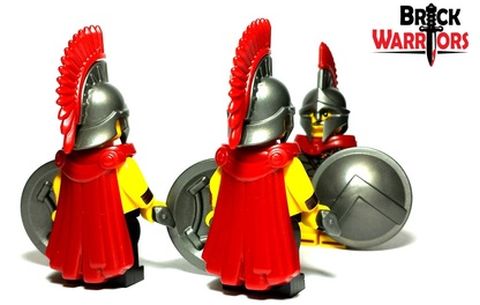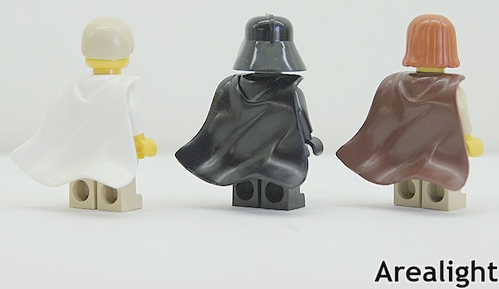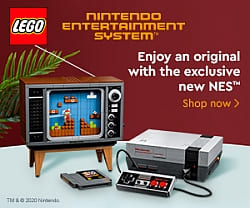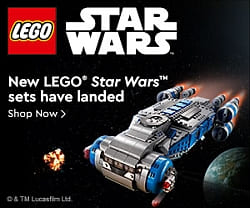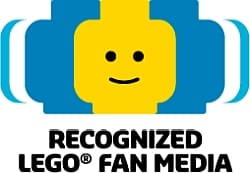You have probably heard me saying before that BrickWarriors is one of my most favorite LEGO customizers. Pretty much all of my LEGO knights and fantasy warriors are equipped with BrickWarriors accessories. So far BrickWarriors mainly focused on ancient history and mythology, medieval history and fantasy, and sci-fi items, but very recently they also launched a whole collection of World War I and World War II accessories. 🙂

BrickWarriors getting into modern military gear is actually a quite interesting development. While with ancient and medieval items BrickWarriors only got BrickForge as a major competitor, almost all other customizers focus on WWI, WWII and modern military accessories. Still, BrickWarriors has a very dedicated fan-base that will likely stay with their favorite customizer for items from the modern era.

BrickWarriors accessories also have a very unique and distinct look, which differentiates them from the products of others. While older customizers tend to follow LEGO’s previous style with more to-scale and realistic minifig accessories, BrickWarriors items fit better with LEGO’s new, slightly oversized and chunky style for armors, helmets, and weapons.

Also, while other modern-era customizers usually only release their products in black, BrickWarriors was always great at providing their products in a good variety of colors that perfectly matches LEGO’s color-scheme. So I would say that, BrickWarriors is definitely going to be a healthy competitor for other customizers focusing on modern military items, but because BrickWarriors products look distinctly different, they will have their own niche within the marketplace.

As far as the new World War I and World War II accessories, there is a whole assortment of body-wear and weaponry for the US, German, British and French infantry. Items include suspenders, supply packs, rucksacks, radio packs, and gas masks. Weapons include various riffles, machine guns and small handguns that are historically fairly accurate. Other useful accessories are a bipod, wire cutter, mine detector, land mine, time bomb, granade, and barbed wire pieces that can be connected to create a whole chain. All of the items come in a number of colors to create variety.

BrickWarriors released printed torsos and legs as well for each of the troops (US, German, British and French). While BrickWarriors carried a few limited edition printed minifigures in the past, this is the first time they have added printed minifig torsos and legs as a regular item to their inventory. I would say though that while the pricing on their minifigure accessories is fair, the printed minifig body parts are quite expensive at $6 a piece. It is probably better to just get regular minifigures and equip them with BrickWarriors accessories. The LEGO Indiana Jones sets in particular had some very nice modern military minifigures that you can still pick up on BrickLink or from other LEGO resellers.

All in all, I think this is a good direction for BrickWarriors, as modern military items are very popular with LEGO fans. The competition is stiffer than with ancient history, castle and fantasy accessories, so modern military may never become their most sought-after line, but because BrickWarriors is known for their excellent quality, pleasing design, a nice variety of LEGO compatible colors, good prices, friendly website, and fast shipping, LEGO fans will find them a very appealing option. On the other hand, BrickWarriors weapons are not as realistic as the products of some other customizers (BrickArms, TinyTactical, Minifig.Cat, etc.), so those who are into accurate mini replicas of military gear will likely not be as interested. For us, LEGO fans, having so many choices is a good thing. If you like to check them out, visit BrickWarriors.com.

What do you think? How do you like BrickWarriors modern military accessories? Who is your favorite customizer for military gear? Feel free to share and discuss in the comment section below! 😉
And you might also like to check out the following related posts:



